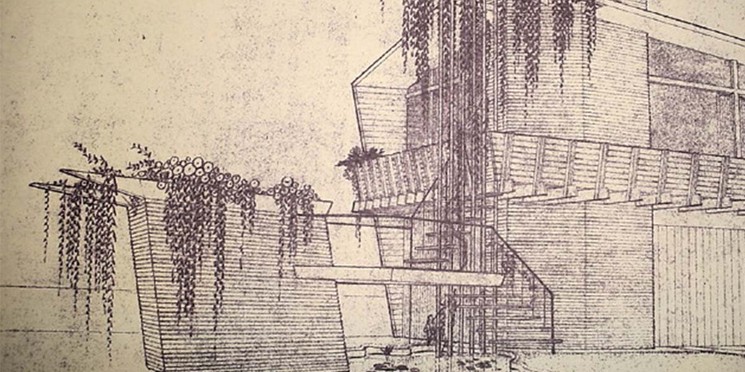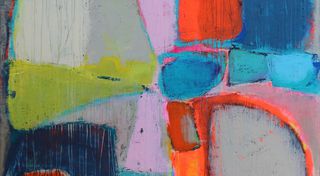

Biography
Bruce Goff is receiving renewed acclaim in 2025 with several major exhibitions and public events spotlighting his radical contributions to American architecture. The Art Institute of Chicago is currently presenting Bruce Goff: Material Worlds, a major retrospective celebrating his boundary-pushing vision and experimental use of materials. In Tulsa, Goff Fest 2025 features documentary screenings, guided tours, and community programming aimed at reconnecting audiences with his legacy. Meanwhile, Outré West at Oklahoma Contemporary explores Goff’s influence on a generation of architects who carried his philosophy of organic and expressive design to the West Coast.
Known for his rejection of architectural conventions, Bruce Goff developed a deeply original practice defined by expressive geometries, unconventional materials, and a belief in architecture as a personal, artistic experience. From using coal, feathers, and colored glass cullets to designing spiraling, multi-level interiors, Goff created buildings that broke free from stylistic norms and embodied a highly individualistic vision. His structures, including the Boston Avenue Methodist Church and the now-demolished Bavinger House, are widely regarded as landmark contributions to modern architecture.
Collectors and design connoisseurs prize Goff’s work for its bold innovation and fusion of fine art and architecture. His legacy lives on not only through more than 500 built and unbuilt projects but also through the generations of architects he inspired to embrace eccentricity, freedom, and imagination in the built environment. His work continues to grow in relevance as markets and institutions place increasing value on authenticity, experimentation, and cultural vision.
Nationality




